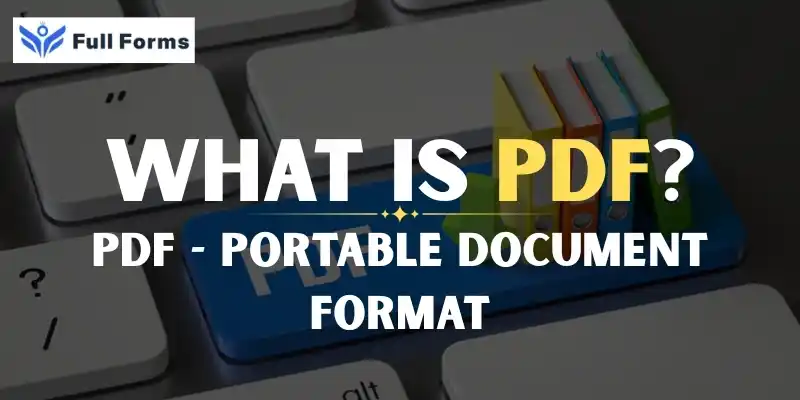Portable Document Format
(PDF)

Description
In the world of digital documents...
In the world of digital documents, one format has stood the test of time — the Portable Document Format, commonly known as PDF. Developed by Adobe Systems in the early 1990s, this file format was created to solve a simple yet important problem: how to share documents across different computers, systems, and platforms while preserving the exact layout and design. Over the years, PDF has become one of the most widely used file formats in both personal and professional settings.
What is a PDF?
A PDF is a file format used to present documents in a manner independent of application software, hardware, and operating systems. This means that when you create a PDF file, it will look the same no matter where or how you open it. Whether you're using a Windows computer, a MacBook, or a mobile device, the fonts, images, layout, and structure remain unchanged.
This consistency has made PDF a reliable choice for documents such as eBooks, contracts, reports, invoices, manuals, resumes, and scanned documents.
Key Features of PDF
- Platform Independence: PDF files can be opened on almost any device without affecting the formatting.
- Security: PDF supports encryption and password protection, making it possible to secure sensitive information.
- Compact Size: PDF files are usually compressed, which means they take up less storage space.
- Multimedia Support: You can embed images, links, forms, and even videos into a PDF.
- Searchable Text: With OCR (Optical Character Recognition), scanned PDFs can be made text-searchable.
- Digital Signatures: Many official and legal documents are now signed digitally using PDF tools.
Why PDF is So Widely Used
- Preservation of Format: A Word document or spreadsheet might display differently on two devices due to different software versions or settings. A PDF, however, will remain exactly the same.
- Universal Compatibility: You don’t need special software to open a PDF. Free PDF readers are available for all major operating systems.
- Professional Appearance: PDF documents often appear more polished and are commonly used for resumes, certificates, and business communications.
- Ease of Sharing: PDFs can be easily attached to emails, uploaded to websites, or transferred via USB without worrying about corruption or incompatibility.
Creating and Editing PDFs
Creating a PDF is easier than ever. Most word processors, like Microsoft Word and Google Docs, have an option to save or export a document as a PDF. There are also many free and paid PDF tools available online for creating, converting, and editing PDF files.
Editing a PDF used to be difficult in the past, but with modern tools like Adobe Acrobat, Smallpdf, or PDFescape, users can now modify text, add annotations, insert images, or rearrange pages.
Limitations of PDF
- Editing Restrictions: Unlike Word or Excel files, editing PDFs requires specific software.
- Large File Size for Images: When PDFs contain high-resolution images, the file size can become large.
- Limited Customization in Free Tools: Free PDF editors may have limited features or watermarks.
The Role of PDF in a Digital World
In today’s paperless world, PDF plays a vital role. Schools use it to distribute reading material and assignments. Offices use it to send contracts, policies, and training manuals. Government agencies use it to publish reports and forms. Even e-books are frequently distributed in PDF format.
Its compatibility with e-signatures has revolutionized the way agreements are signed. There's no need to print, sign, scan, and resend. With a few clicks, a document can be reviewed and legally signed from anywhere in the world.
PDF in the Future
As technology continues to evolve, PDF is also adapting. The format now supports 3D models, interactive forms, and better accessibility features for users with disabilities. With cloud integration and mobile-friendly apps, working with PDFs on the go has become seamless.
Artificial intelligence is also playing a role in making PDFs smarter. Tools can now extract data from PDFs, summarize content, and translate documents in real time.
Conclusion
The Portable Document Format has truly changed the way we handle digital documents. It offers a perfect balance between visual consistency, security, and ease of use. Whether you're a student, a business owner, or someone just looking to store information safely, PDF is a dependable choice. With ongoing improvements and evolving technology, PDF is not just a format of the past — it's a format for the future.
